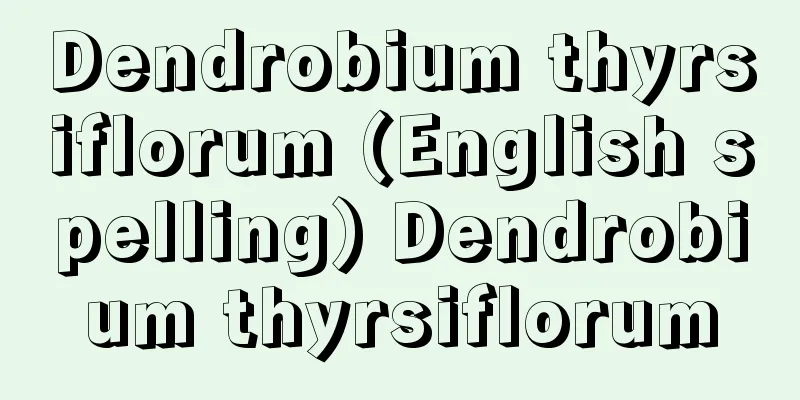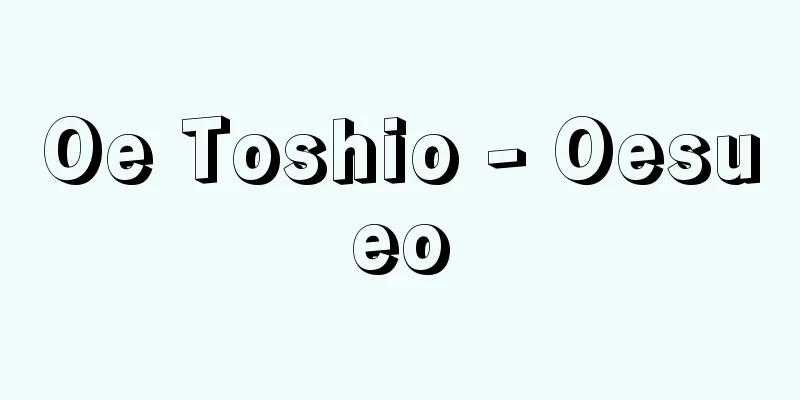Ubaid period

|
This cultural period follows the Halaf period in Mesopotamia. It is a primitive rural culture based on irrigated agriculture that is thought to have first been established and developed in the southern alluvial plain (Eridu, Uruk, Ur, Uqayir, and Ubaid). Sites in the north include Arpaca, Gaura, and Nineveh. Investigations of settlements during this period have not progressed, so it is not possible to grasp the overall picture, but it is estimated that large-scale towns and villages centered on temples, such as Gaura and Eridu, began to form. The use of sun-dried bricks for molding became common as building materials. Pottery was still handmade by ring stacking, and compared to the Halaf period, the quality of the clay, degree of firing, and design was declining. Designs were partial, and monochromatic geometric patterns in red, dark brown, and dark green were the mainstream. Stone tools continued to be used, but in the southern part of the country, where stone was scarce, unglazed crescent-shaped sickles, axes, and knives were in practical use. No metal tools are known other than ring, awl, and button-shaped copper tools, but unglazed axes with a hole for inserting a handle are thought to be replicas of copper axes, and casting may have begun. The use of boats also seems to have begun during this period, as small boat-shaped earthenware objects have been discovered at Eridu and Ubaid. Among the artifacts, stone stamp seals are prominent, as they were in the Halaf period. Many stone materials came to be used, including talc, agate, chalcedony, diorite, hematite, lapis lazuli, limestone, and serpentine, and patterns showed a shift from geometric to figurative, with a gradual tendency toward sculpture. Source: Encyclopaedia Britannica Concise Encyclopedia About Encyclopaedia Britannica Concise Encyclopedia Information |
|
メソポタミアのハラフ期に次ぐ文化期。南部沖積平野 (エリドゥ,ウルク,ウル,ウカイル,ウバイド) に初めて定着発展したと考えられる灌漑農耕を基盤とする原始農村文化。北部の遺跡にはアルパチャ,ガウラ,ニネベなどがある。この時期の集落の調査は進んでおらず,全体像をとらえることはできないが,ガウラやエリドゥのように神殿を中心としたかなりの規模の町邑も形成されはじめたと推定される。建築材として型作りの日干し煉瓦の使用が一般化した。土器はまだ輪積み手ずくねで,ハラフ期と比べて,胎土,焼成度,文様の面で質的に低下している。文様は部分的で,赤,黒褐色,暗緑色の単彩の幾何学文が主流を占める。利器は引続いて石器が用いられたが,石材の少い南部では素焼の半月形の鎌,斧,ナイフが実用された。金属器は輪,錐,ボタン形の銅器のほかは明らかでないが,柄を挿入する穴をもつ素焼の斧は銅斧を模したものと考えられ,鋳造が始った可能性がある。またこの時期から船の利用が始ったらしく,エリドゥやウバイドから小型の船形土製品が発見されている。遺物のなかでは,ハラフ期に続いて,石製のスタンプ印章が顕著である。滑石,瑪瑙,玉髄,閃緑岩,赤鉄鉱,ラピス・ラズリ,石灰岩,蛇紋岩など多くの石材が利用されるようになり,文様は幾何学文から形象文へ,しかも次第に造形化の傾向が認められる。
出典 ブリタニカ国際大百科事典 小項目事典ブリタニカ国際大百科事典 小項目事典について 情報 |
Recommend
Kumajiro Uehara
Year of birth: Year of birth and death unknown. A ...
Bittel, K. (English spelling) BittelK
...In 1975, A. Kammenhuber began publishing a new...
Mizuya
This is the place where preparations for the tea ...
Abe Oyakawa
...The length of the main river is 51 km, and the...
Wilhelm Pfeffer
1845‐1920 German plant physiologist. Born the son ...
Iraga Seibou - Iraga Seibou
…It is parasitic, mainly on wasps that make their...
Inferior rectus muscle - Kachokkin
One of the extraocular muscles. Eye socket Cancer ...
Kalman, RE (English spelling)
…Physically, this concept was introduced to clari...
British Rosicrucian Society - The Great Britain
...The Rosicrucian movement at the end of the 19t...
Moving Mixture
...By repeatedly subjecting the raw materials to ...
Safety lamp - Anzento (English spelling)
A lighting device used in coal mines where explos...
Sikhote-Alin' (mountain range)
A mid-mountain range in the Russian Far East, span...
African finfish - African finfish
...General term for birds of the Heliornithidae f...
Ishikawa icefish - Ishikawa icefish
…It is eaten raw, as a sushi topping, in tempura,...
Coronary artery disease
…coronary artery disease is a general term for di...









